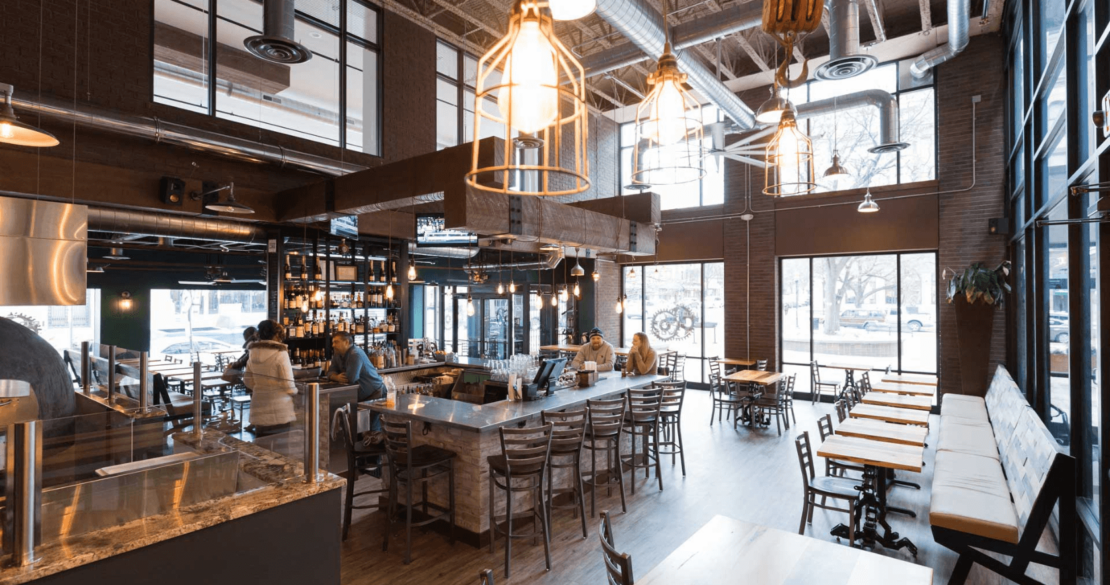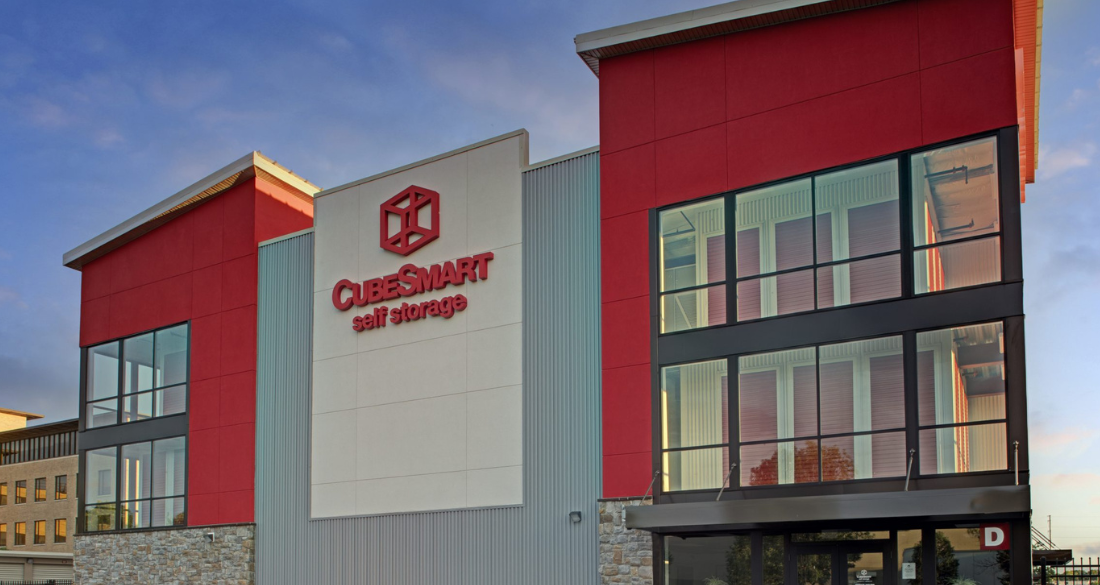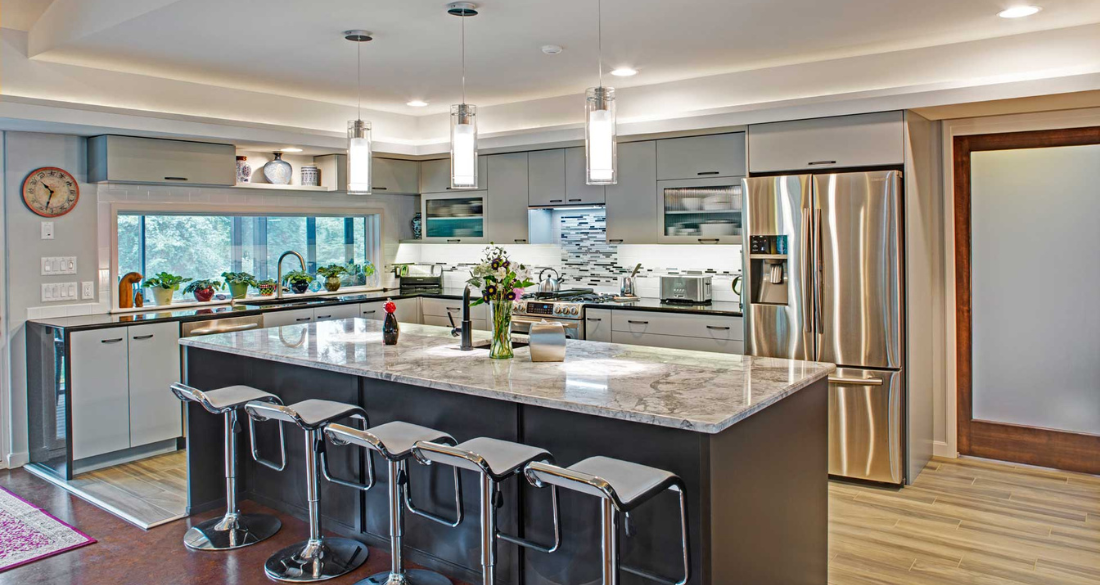Whether it’s a church, business, or home, historic preservation is essential to secure landmarks of the past for the future. At its core, historic architecture preservation involves protecting structures and preserving their legacy, beauty, and integrity.
Maintaining landscapes and buildings that reflect a specific place or time provides insight into a community’s cultural heritage, including historical contexts and craftsmanship. These architectural treasures are powerful educational tools, and preserving them allows future generations to enjoy and learn from them for decades to come.
Preserving historic buildings comes with many challenges. These can include pressures for new developments, environmental concerns, and community impact and engagement.
Keep reading to learn more about historic preservation and how SAAarchitects strikes the ideal balance between conservation and progress.
Understanding Historic Preservation
Generally, structures must be 50 or older or linked to significant events to be considered “historic.” Over time, these buildings will experience wear and tear from the elements, vandalism, and other damages.
Historic preservation is an attempt to protect legendary landmarks. There are three core methodologies for preserving historic structures, including:
- Restoration: This involves recreating what a historic building initially looked like. Restoration may include repairing authentic details or removing portions not part of the original structure.
- Rehabilitation involves modifying and repurposing a historic building. For instance, a historic department store can be converted into an upscale restaurant while retaining its distinct architectural features.
- Reconstruction: This process includes duplicating original features with new materials to recreate historic styles or details that no longer exist.
Despite these three different processes, at its core, historic preservation seeks to safeguard still-existing structures while preventing further deterioration.
Historic preservation is crucial in protecting buildings that have shaped our history and heritage. These structures allow us to step back into another place and time, helping us to better understand the aesthetics, culture, economics, and beliefs of our predecessors.

Embracing Modern Design
While it’s essential to respect and preserve buildings of the past, architects must also accommodate modern design and development. Style preferences, materials, and methodologies are continuously evolving. What was considered innovative a hundred years ago can be seen as archaic and even dangerous by today’s standards.
SAAarchitects’ adaptive reuse solutions allow us to find the perfect harmony between tradition and innovation. With over 30 years of experience in historic preservation and adaptive reuse, our team will maintain a structure’s historic features while identifying opportunities for it to best accommodate future needs.
We partner with local historians and preservationists to understand a structure’s rich legacy and heritage. Our historic preservation specialists can also navigate regulatory challenges, energy requirements, or financial obstacles. This minimizes issues and ensures our clients have a beautiful, functional building that adds character and charm to new developments.
Top Challenges in Preservation and Innovation
Many challenges can arise during the preservation of a historical building. Architects must consider modern design aesthetics and materials while being sympathetic to a building’s authenticity. They also must ensure a historic building is functional, structurally sound, and sustainable while protecting its historical integrity.
Another significant obstacle is climate change and environmental concerns. It’s essential to preserve history while also protecting the planet. Old buildings may contain dangerous materials, such as asbestos and lead-based paint. These are public safety hazards and must be carefully removed during preservation. Responsibly disposing of these materials is also crucial to minimize ecological footprints and to comply with local and state regulations.
Historic preservation involves more than clients and contractors. It requires community-wide support and engagement, and residents should have the opportunity to voice their suggestions, concerns, and feedback.
Community engagement during historic preservation fosters a sense of place and pride. Maintaining historic structures empowers residents and allows them to experience what their neighborhood looked and felt like decades ago. These buildings help to tell a community’s story and celebrate its significant events and people.
Architectural Preservation and Progress
Historic preservation plays a vital role in community education and empowerment. Old structures help residents learn more about the places they call home.
However, it’s just as essential to accommodate modern design, functionality, and eco-consciousness. This ensures historic buildings not only maintain their unique charm but also better support communities, residents, and the environment.
SAAarchitects has the experience and expertise to fortify beloved local landmarks for generations to come.
Let us help you breathe new life into your cherished, historical location. Contact us today to learn more.


